Sometimes, the best picture one can take is the one of the pots containing the paint or ink and definitely not what was done with it.
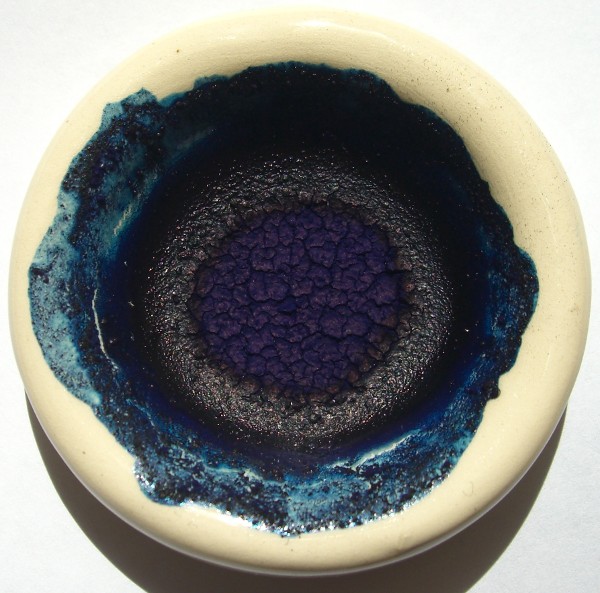
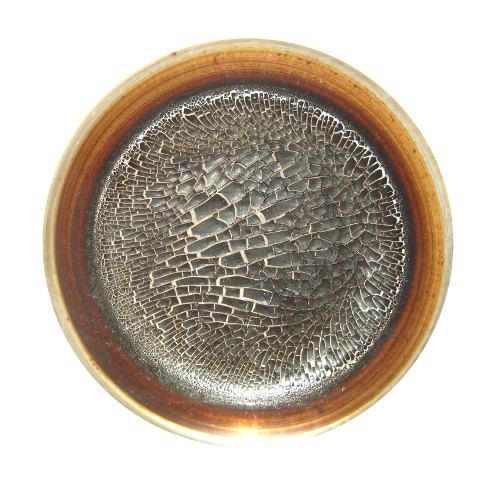
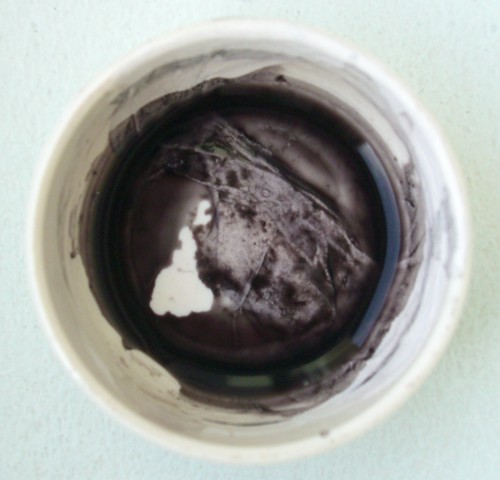
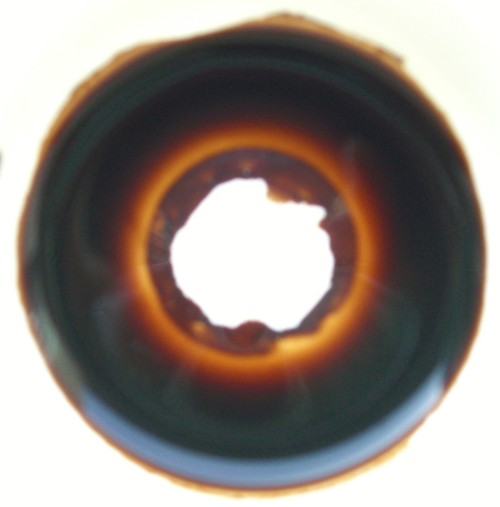
Quite happy with the result produced by the combination of embossing and ink experimented on Julien Gracq’s text, I decided to reedit the experience with initials copied from XIIth century French manuscripts.
This time I used walnut stain instead of India ink and I find the result just as interesting, judge for yourself.
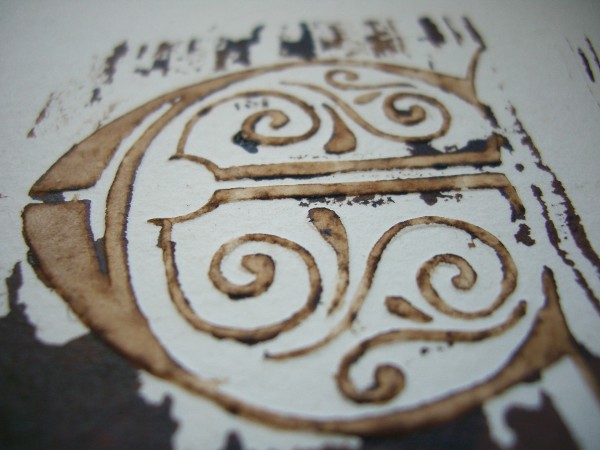
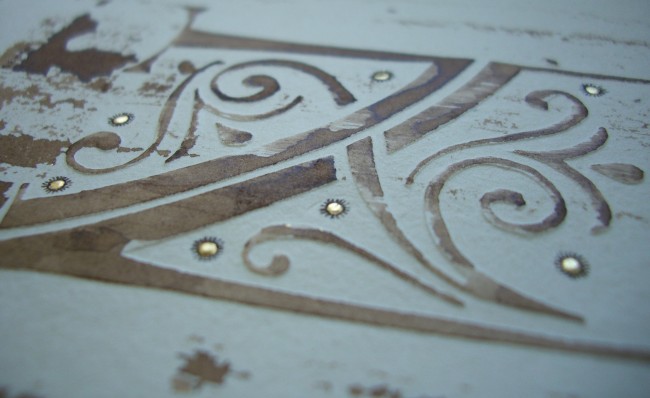

… and thou shalt know the universe and God.
This phrase has been on my list of things to calligraph for several years. After several attempts at very different compositions, I think I have found what suits this phrase affixed to the pediment of the temple of the oracle at Delphi.
Of course, it’s the French version here 🙂
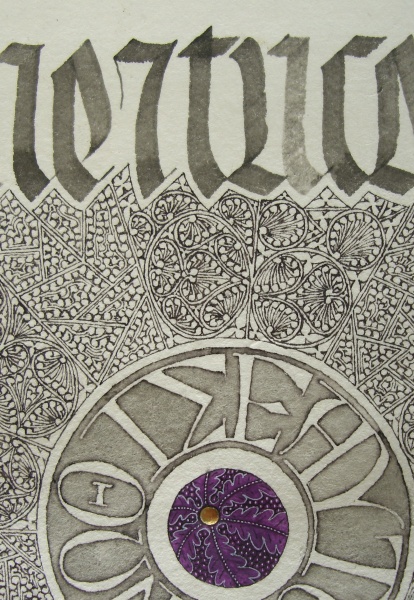
For several months, I had this paper from Kéréon mill that I didn’t know what to do with. Very nice paper but quite difficult to use because of its composition (linen + peat) which gives it a very rough surface, even uneven.
And last night, the illumination: the crate wood!
I only recently started using this “tool” for calligraphy because it’s not really made for small writing modules and I have a hard time working in large format, not that it’s difficult but I don’t find it very beautiful in general.
Anyway, here is a first draft made with Indian ink and crate wood on this exceptional paper.
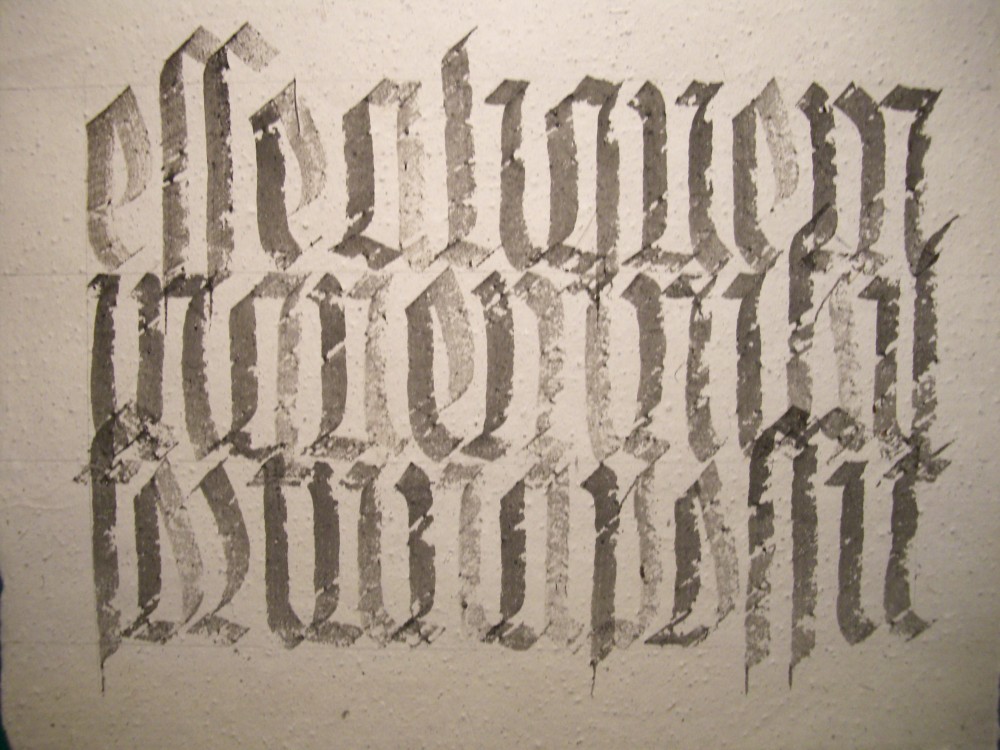
I think I will continue in this way, with a slightly smaller module (here the letters are 6 cm high) and I hope to have a composition soon with this fragment of a text of Seneca.